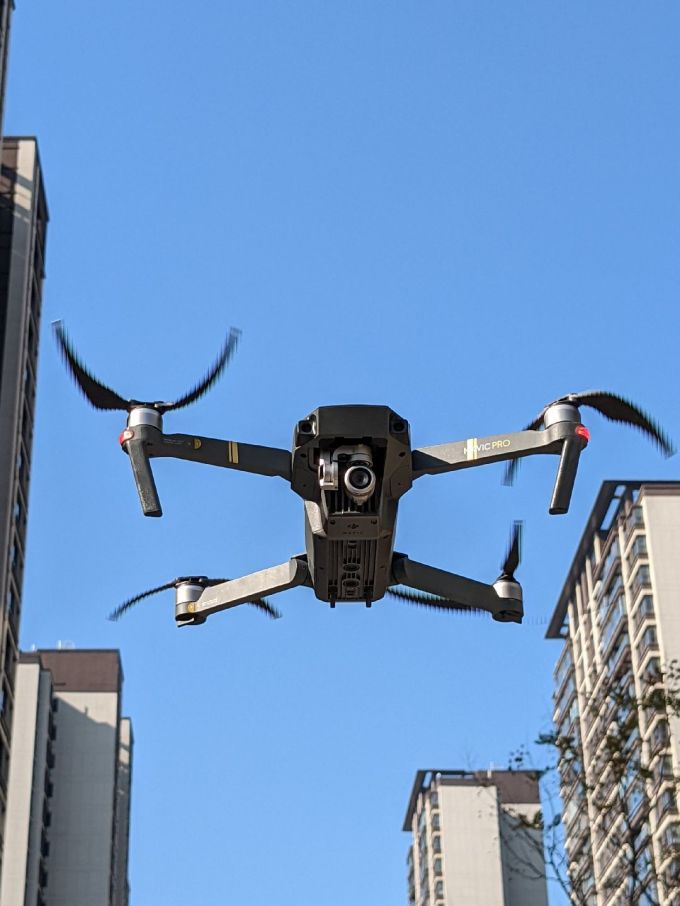Russia has increasingly invested in the development of stealth drone technology, aiming to create UAVs (Unmanned Aerial Vehicles) that are capable of performing complex operations with minimal detection. Russian stealth drones are designed to engage in reconnaissance, surveillance, and potentially offensive operations while evading the sophisticated anti-air systems employed by adversaries.
One notable advancement in Russian drone technology is the S-70 Okhotnik, meaning “Hunter” in Russian. This drone epitomizes the combination of stealth and combat capabilities, with features that include composite body materials, advanced avionics systems, and an engine designed to minimize its infrared signature. It builds on the legacy of Russian aerial engineering, showcasing innovations that could potentially reshape modern warfare dynamics.
 utilizes cutting-edge technology such as artificial intelligence and machine learning for real-time decision-making and navigation assistance. This allows the drone to operate independently or in tandem with manned aircraft like the Su-57 fighter jet, enhancing Russia’s aerial strategic depth.
utilizes cutting-edge technology such as artificial intelligence and machine learning for real-time decision-making and navigation assistance. This allows the drone to operate independently or in tandem with manned aircraft like the Su-57 fighter jet, enhancing Russia’s aerial strategic depth.The Strategic Importance of Stealth Drones
Stealth drones are crucial in modern military strategy due to their ability to penetrate contested airspaces without detection. As nations increasingly invest in advanced radar and air defense systems, traditional aircraft face growing challenges when attempting reconnaissance or combat missions.
Applications in Surveillance and Reconnaissance
Russian stealth drones play a significant role in intelligence gathering, providing high-resolution imagery and signals intelligence. These operations are critical for understanding enemy movements and intentions, thus enabling better tactical decisions. Their advanced radar-evading designs ensure they can gather information from deep within enemy territory without being compromised.
Potential Use in Offensive Operations
Aside from surveillance, these drones are equipped with electronic warfare capabilities that can disrupt enemy communications and radar systems. While primarily defensive, their offensive potential could be utilized in future conflicts, particularly in areas where direct human intervention poses high risks.
Technological Challenges and Developments
The development of stealth technology involves various technical challenges, such as creating materials that reduce radar visibility and engines that minimize heat emission. Russian engineers are constantly exploring innovative solutions, including hybrid propulsion systems and silent flight configurations, which promise quieter and more sustainable operations.
FAQs on Russian Stealth Drone Technology
What makes Russian stealth drones different from traditional UAVs?
Russian stealth drones feature materials and designs aimed at evading detection by radar and infrared systems, unlike conventional UAVs that are more easily identifiable.
How does artificial intelligence enhance drone capabilities?
AI enables drones to make real-time adjustments to flight paths, manage energy resources, and coordinate actions with other military assets autonomously, thereby increasing operational efficiency.
Are Russian stealth drones used in combat operations today?
While primarily used in reconnaissance and surveillance, they have the potential for offensive operations and could be deployed in combat scenarios if strategically necessary.
In conclusion, Russian stealth drone technology continues to evolve, promising significant advancements in military strategy and capabilities. The focus on stealth, combined with AI and advanced engineering, positions Russia as a key player in UAV innovation and military applications.